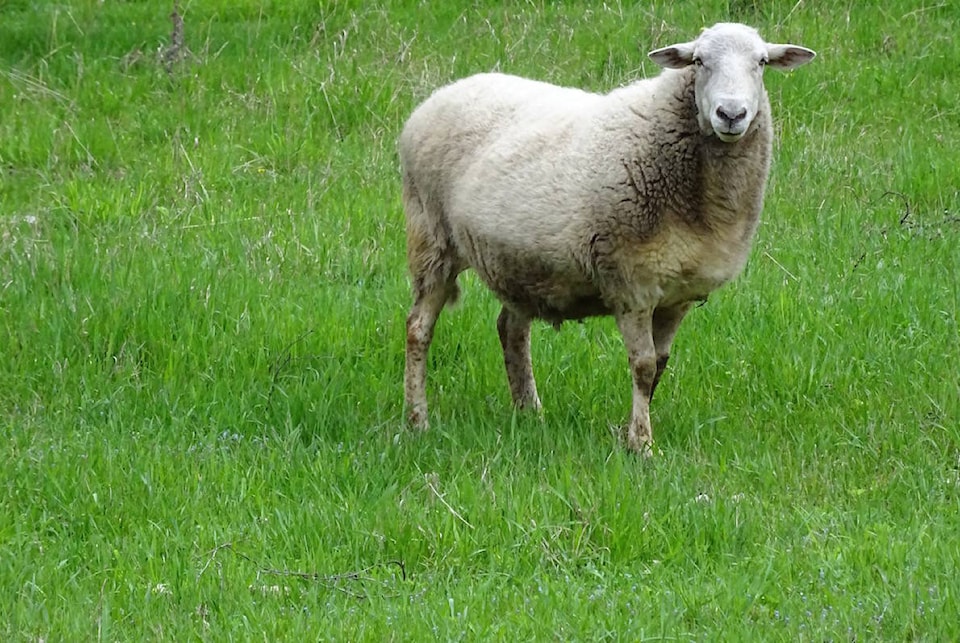Fourth in a series on food security in the West Kootenay
The provincial government has changed its meat inspection regulations to allow farmers in the North Kootenay Lake area to butcher and sell meat from up to 25 animals annually to markets and restaurants or directly to the public.
The area affected is Area D of the Regional District of Central Kootenay (RDCK), which runs from Kaslo up Kootenay Lake and the Lardeau River to Trout Lake, and up the Duncan River to Glacier National Park.
Aimee Watson, the RDCK board chair who also represents Area D, says she has been lobbying for this change for eight years.
“It will mean a re-invigoration of our area’s agriculture sector and … will also assist in a desperately needed economic recovery and support jobs in our remote communities, and hopefully encourage more of the pig, cattle and sheep farms that used to thrive here.”
The category of license the province has decided to allow in North Kootenay Lake is known as Class D (no relation to Area D). North Kootenay Lake will be the only area in the RDCK with a Class D license.
The province grants Class D licenses only in areas where farmers and residents are geographically remote from a licenced abattoir (Class A or B), which for the West Kootenay is Tarzwell’s in Creston, the only such facility in the region that slaughters and processes livestock (two others in the Creston area process poultry).
Farmers with a Class D license may slaughter their own or other people’s animals. One animal unit is 1,000 pounds live weight.
Watson says Area D has always fit the criteria for a Class D license because it is so remote.
She said the government “discriminated against rural and remote farmers [in Area D] and essentially killed that part of our food sector when the current licensing system came into effect in 2006.
“Most of the ones who were doing it commercially went out of business,” she says, “and I cannot say whether they will come back to it. What this change does is allow for our current farmers to consider diversification and for those doing it for home use to expand.”
One result of the restrictive regulation over the past 14 years, she says, has been a black market in home-grown meat, although she has no idea of the scope of it.
Other articles in this series:
• Young farmers find a home through land-matching program
• Nelson flour mill co-op looking for new members
• Creston flour mills overwhelmed by COVID-19 demand
bill.metcalfe@nelsonstar.com
Like us on Facebook and follow us on Twitter
